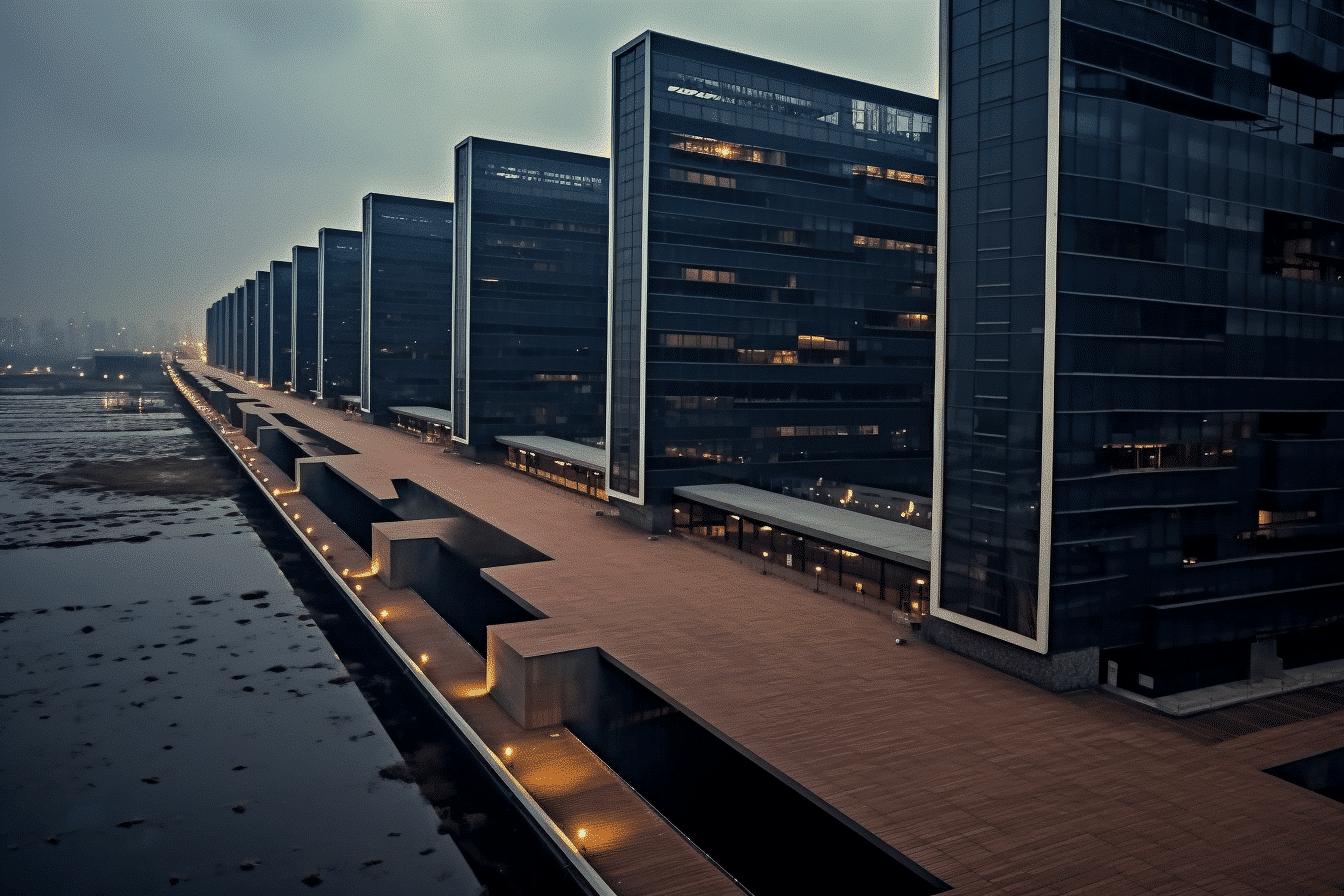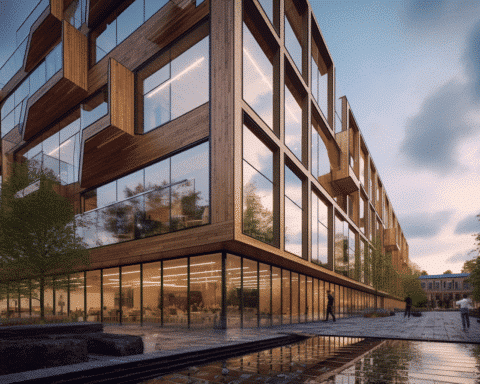Antwerp may be globally recognized as the epicenter of diamond trading with a bulk of diamonds sourced from Russia or Africa. Yet, Surat, positioned 150 miles north of Mumbai, is another jewel in the diamond industry, responsible for processing approximately 90% of the world’s diamonds.
Adding to its accolades, this city in Gujarat now boasts the world’s largest office building, dedicated to its massive diamond industry.
The Surat Diamond Bourse, recently inaugurated, serves as an integrated hub for over 65,000 diamond specialists, including polishers, cutters, and traders. Architecturally, the complex spreads across 35 acres, consisting of nine rectangular blocks interconnected through a central “spine”. With over 7.1 million square feet of floor space, it has dethroned the Pentagon in terms of office space.
After four construction years, two impacted by the pandemic, the establishment will begin welcoming its inaugural tenants in November. India’s Prime Minister Narendra Modi, a Gujarat native, is expected to officially inaugurate it later this year.
Exclusive images shared with CNN highlight the intricate marble floors and luminous atriums that link 4,700 office spaces, some of which can serve as mini workshops for diamond processing. The $388 million infrastructure also provides 131 elevators, along with wellness, retail, dining, and conference amenities for its workforce.
CEO Mahesh Gadhavi highlights that the Surat Diamond Bourse will negate the need for thousands to commute to Mumbai daily. Relocating businesses to Surat emerges as a more feasible solution.
‘Democratic’ Layout
Conceptualized by Indian architectural firm Morphogenesis after a global design contest, the establishment’s massive size was steered by demand, not by the aim to outdo the Pentagon. The design assures equal convenience for both small and big businesses, with all offices having comparable accessibility to facilities. Sonali Rastogi, co-founder of Morphogenesis, emphasized the intention for everyone to have an identical experience within the building.
Their design is also a reflection of the nuances of the Indian diamond trade, drawing inspiration from the tradition of informal outdoor transactions, thus integrating nine courtyards as trading spots.
Future Developments
The current aerial visuals show the Diamond Bourse towering over its neighbouring low-rise structures. However, with “Dream City” plans in place aiming to transform nearly 700 hectares of south Surat into a smart city, this might change. The Surat Diamond Bourse is expected to be a cornerstone for this development.
On sustainability, Morphogenesis’ design is eco-friendly, consuming up to 50% less energy than what’s needed for a “platinum” certification from the Indian Green Building Council. The central section’s design channels winds, and “radiant cooling” moderate indoor temperatures. Approximately half of the building employs natural ventilation, while communal sections utilize solar energy.
Rastogi expressed their goal to develop something iconic, rooted in community and sustainability, rather than adhering to a specific architectural paradigm.
The Surat Diamond Bourse not only stands as a testament to Surat’s pivotal role in the global diamond industry but also signals a shift towards eco-conscious architectural marvels. As urban spaces grapple with the challenges of sustainability and functionality, the integration of eco-friendly designs with immense utility, as seen in Surat, offers a beacon of hope. As cities like Surat pave the way, it prompts the world to reconsider how we build, work, and live in harmony with our environment.

